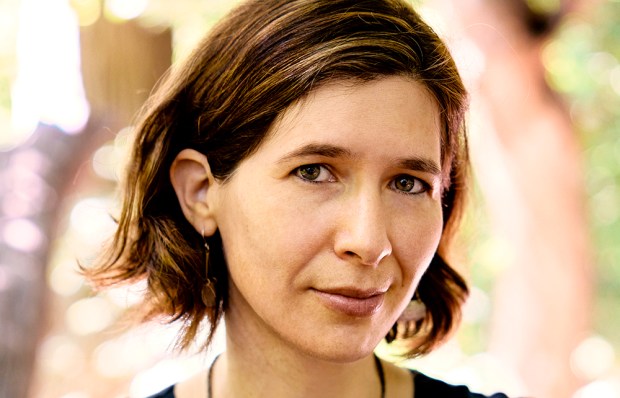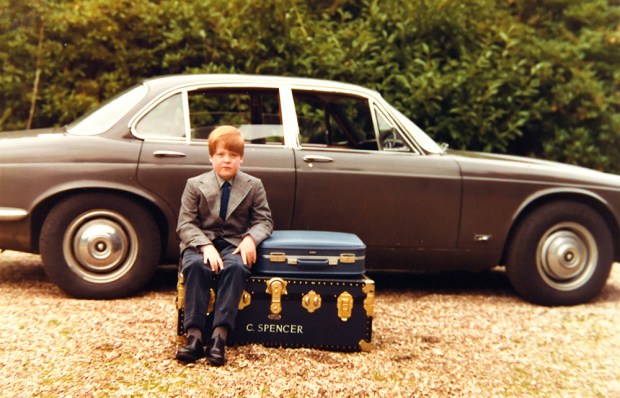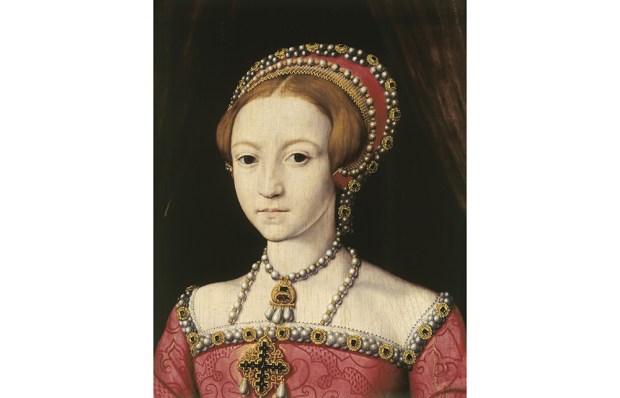Since winning the Costa prize for best first novel in 2008 with The Outcast, Sadie Jones has become known for well-crafted plots exploring isolation, shame and troubled families. In Amy and Lan, she sticks with some similar themes but shakes things up by using two child narrators to tell their own stories.
‘Me and Amy are both seven now,’ says Lan, kicking things off in a chapter called ‘Halloween’, which alternates between his voice and Amy’s. They are friends, not siblings, and live on the same West Country farm. Their mothers left the city for the good life as fledgling farmers when they were both pregnant.
By autumn 2005, when the story starts, there are three families, two lodgers, plus goats, dogs, turkeys and a cat at Frith Farm, which was purchased on a whim after Lan’s mum, Gail, spotted an ad in the paper. Various characters tumble out of other houses as Lan and Amy rattle through their families’ shared history in suspiciously astute prose for their tender years. But such is the way with child narrators, which is why using them is so tricky. Jones just about pulls it off, their acuity getting easier to accept as they age.
Little eyes notice everything, especially when Gail is kissing Amy’s dad Adam late on Christmas Day upstairs in the dark. ‘He said it was a Happy Christmas kiss,’ Lan ponders later. ‘But that’s not true. I know it was a lie…It wasn’t a Love Kiss because they aren’t married, but I don’t know why they were doing it.’ We do, of course, but like the children we try not to dwell on what’s going on, although Jones includes so many signposts about the tensions between the three families it’s a miracle they all make it to spring 2010, when the story ends.
Using children gives the novel a chance to breathe, as Jones can avoid getting bogged down in infidelity and focus instead on two friends growing up. As the seasons spiral past, the writing fizzes with childish energy. Escapades include raising a newborn calf, rescuing some battery hens and coping with plenty of animal deaths. If some of the adults feel a bit flat, well, that’s partly because children have more things to worry about than dissecting what makes grown-ups tick. This is a book to escape with, and if it reminds older readers to look at the world through childish eyes, then so much the better.
Got something to add? Join the discussion and comment below.
Get 10 issues for just $10
Subscribe to The Spectator Australia today for the next 10 magazine issues, plus full online access, for just $10.
You might disagree with half of it, but you’ll enjoy reading all of it. Try your first month for free, then just $2 a week for the remainder of your first year.














Comments
Don't miss out
Join the conversation with other Spectator Australia readers. Subscribe to leave a comment.
SUBSCRIBEAlready a subscriber? Log in